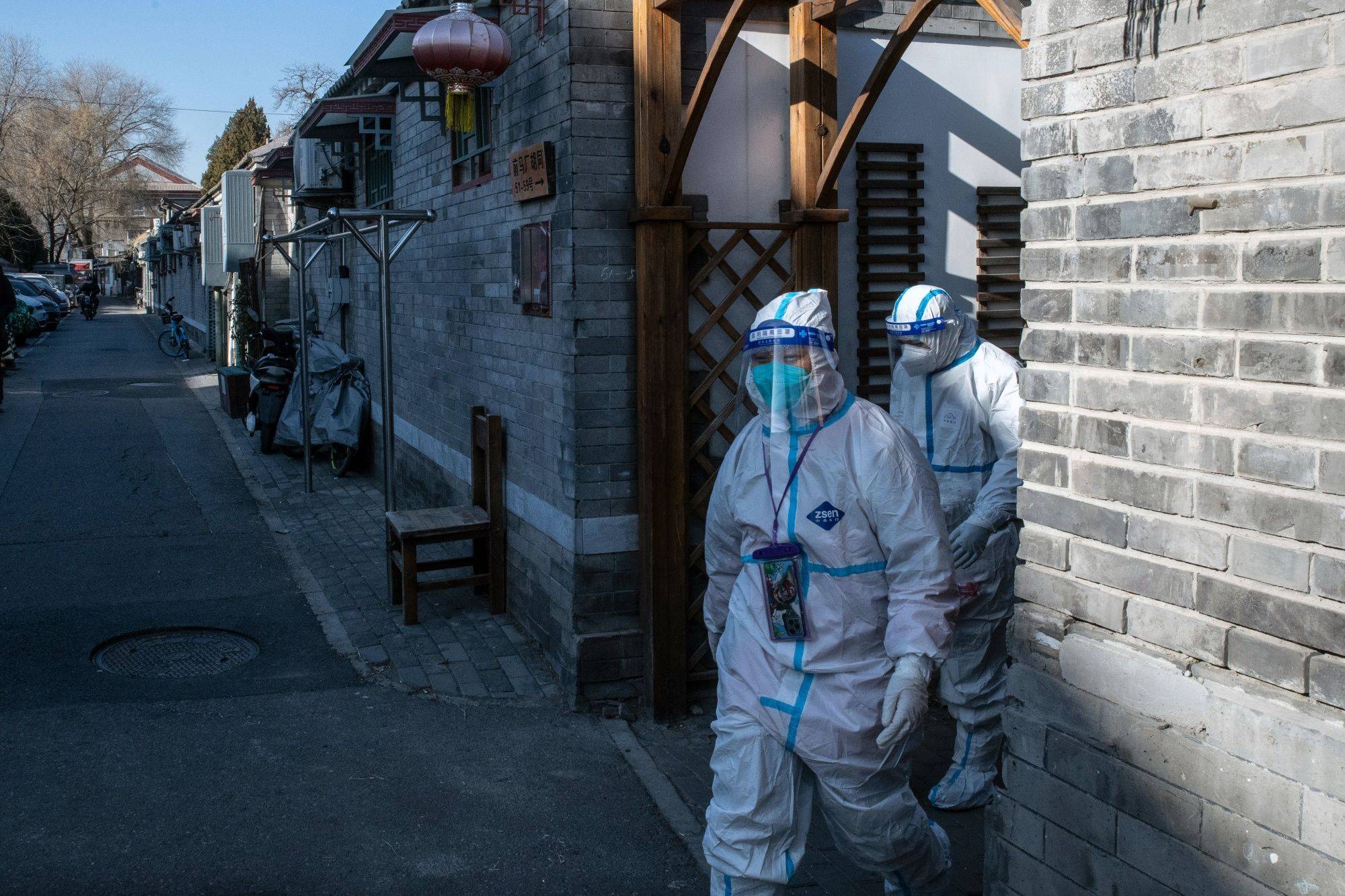China took a major step toward abandoning its long-held "zero-COVID" approach Wednesday, easing a range of restrictions that it has persisted with long after the rest of the world moved on to living with the virus.
By jettisoning key tenets of the virus elimination strategy, including a requirement for infected people to quarantine in centralized camps, China’s switch in COVID-19 policy is suddenly moving faster than expected. The rapid acceleration reflects mounting pressure on Chinese President Xi Jinping to chart a path out of the crisis and quell public discontent.
The National Health Commission set out 10 new measures, less than a month after it started the reopening process with 20 guidelines for officials to minimize disruption. Despite a buildup in expectations in recent weeks, markets appeared to be taken aback by how far-reaching Wednesday’s moves were. An initial rally fizzled as some investors worried about a spike in infections and chaos that might ensue from the sweeping changes.


















With your current subscription plan you can comment on stories. However, before writing your first comment, please create a display name in the Profile section of your subscriber account page.